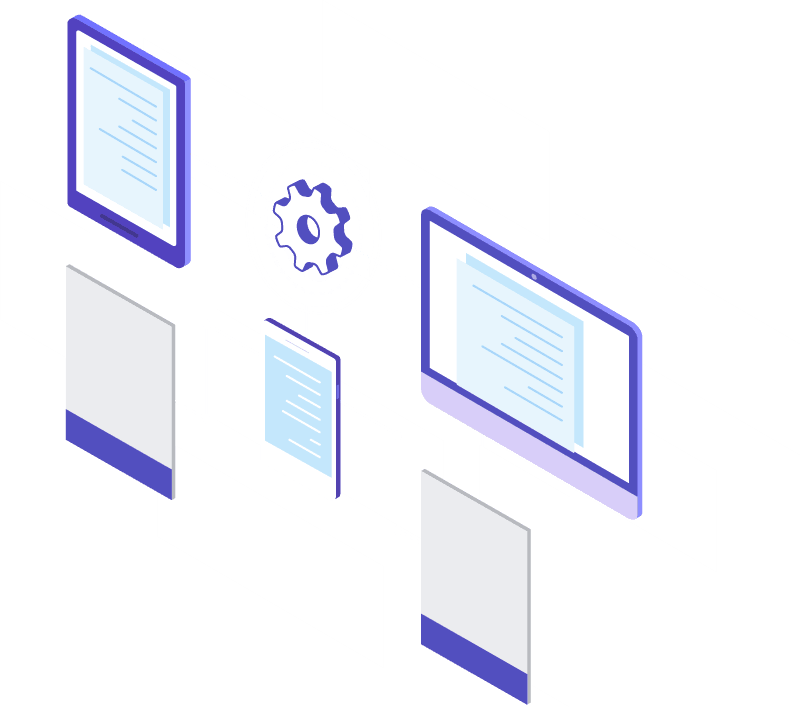Hypervisors – Cloud –
Virtualization – & Oracle —

What is are hypervisors?
Hypervisors are what make virtual machines possible, and they aren’t just for servers anymore. You probably use one every day and don’t even know it. If you don’t use one now, you will in the near future.
A hypervisor is also known as a virtual machine manager (VMM).
- Type 1: Also known as native or bare-metal hypervisors, these run directly on the host computer’s hardware to control the hardware resources and to manage guest operating systems. Examples of Type 1 hypervisors include VMware ESXi, Citrix XenServer, and Microsoft Hyper-V hypervisor.
- Type 2: Also known as hosted hypervisors, these run within a formal operating system environment. In this type, the hypervisor runs as a distinct second layer while the operating system runs as a third layer above the hardware.
Course Outline - What shall you learn?
- Understand the various types of hypervisors
- Installations of hypervisors
- Oracle Virtual Box installation and configuration
- Creating Virtual Machines aka VMs.
- Cloning VMs.
- Snapshots creation & restoration
- Creating and importing Appliances
Audience - Who should take this MSSQL DBA Training Course?
Everyone including:
- Anyone needing several computers but can only afford one
- Those aspiring for a career in as DBA.
- Software and IT professionals
- Net Engineers
- Database server professionals.
Prerequisites for this SQL Server DBA Online Training Course?
- No specific skills are required to take this Training Course.
- A basic knowledge of computers may help.
- Anyone with a good laptop or PC.
Why take an MS SQL Server DBA Training Course?
Most companies are now using hypervisors and VMs because of its great benefits – Cost (fewer physical machines) and productivity as VMs can be spawned out in minutes for Test, Dev or Staging environments at no cost.
This VM classroom training Course will provide you with the right set of skills to become a Database Administrator, professionals that are greatly sought after in the world today.
Cho Mathias
Instructor
Has been working with Unix and Linux systems for over 21 years.
Virtualization
What is Virtualization?
Free Courses
- Linux For DBAs(Bonus Class)
- Intro to SQL
- Cloud computing, Digital & Information Literacy
- Computer Basics, Internet, E-mail & Social Media
- MS Office: Word, Excel & PowerPoint
- Keyboard Mastering & Typing
Premium Courses
- Oracle Database Architecure and Administration
- Oracle E-Business Suite
- Microsoft SQL Server
- Oracle RAC, Data guard & Golden Gate



